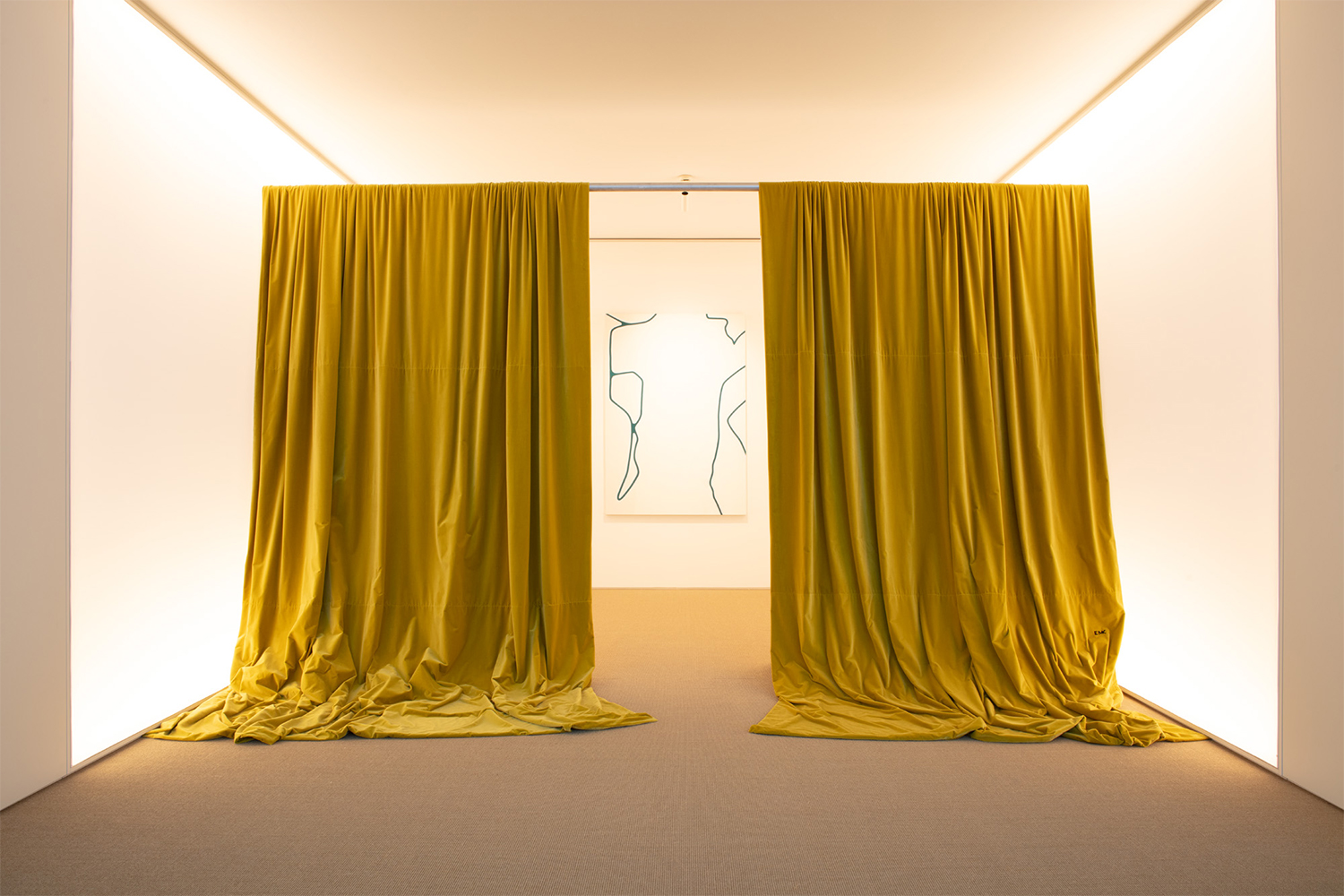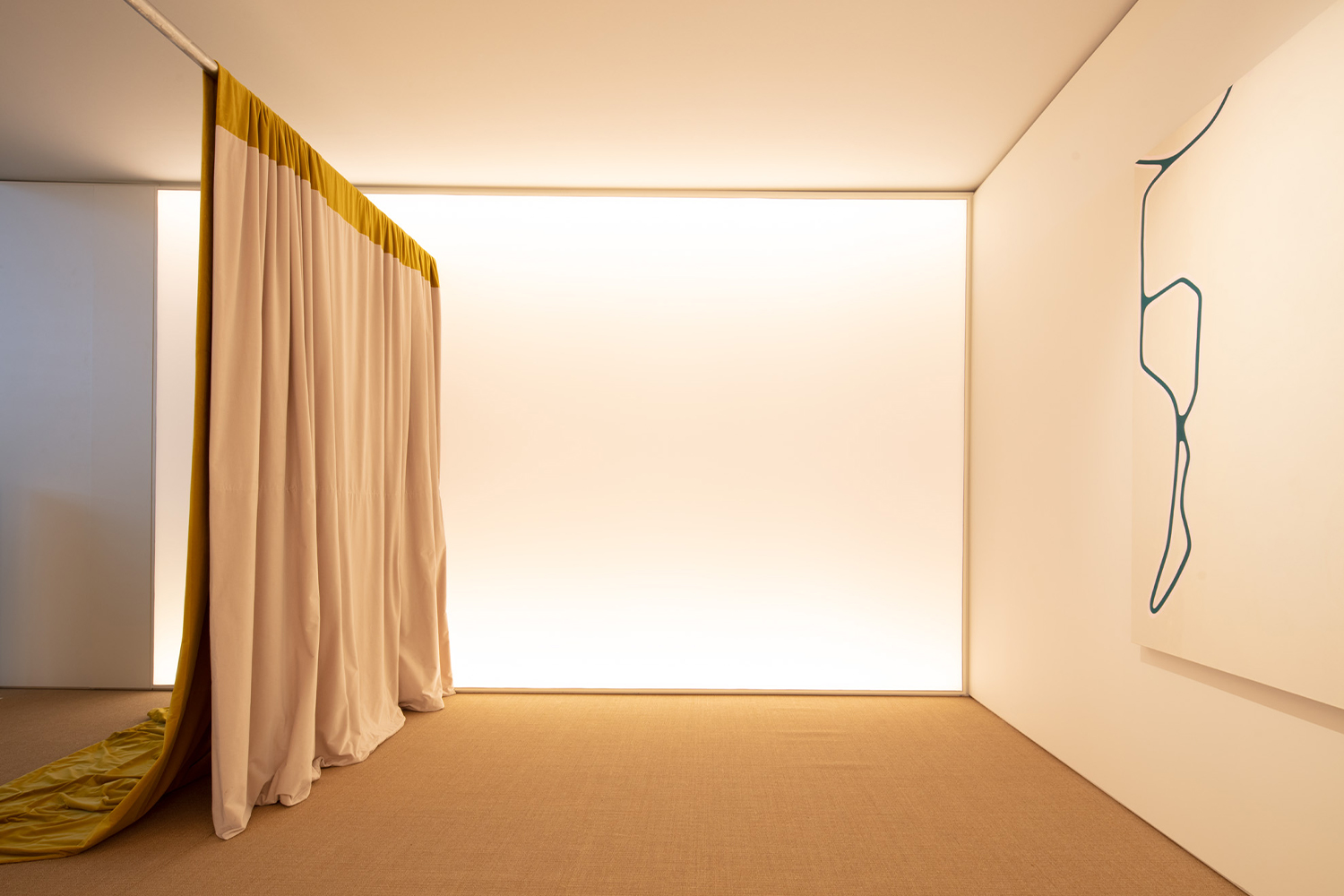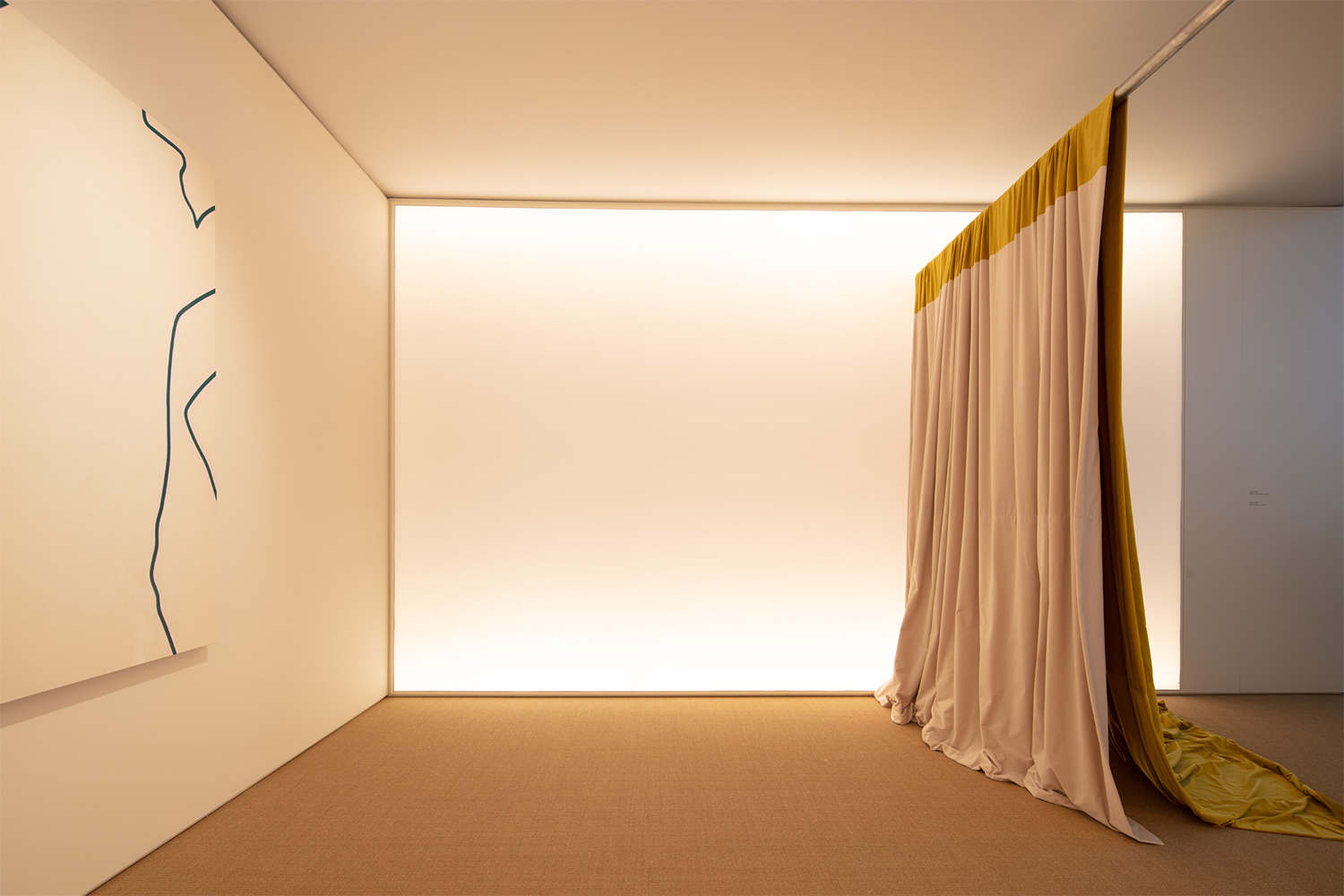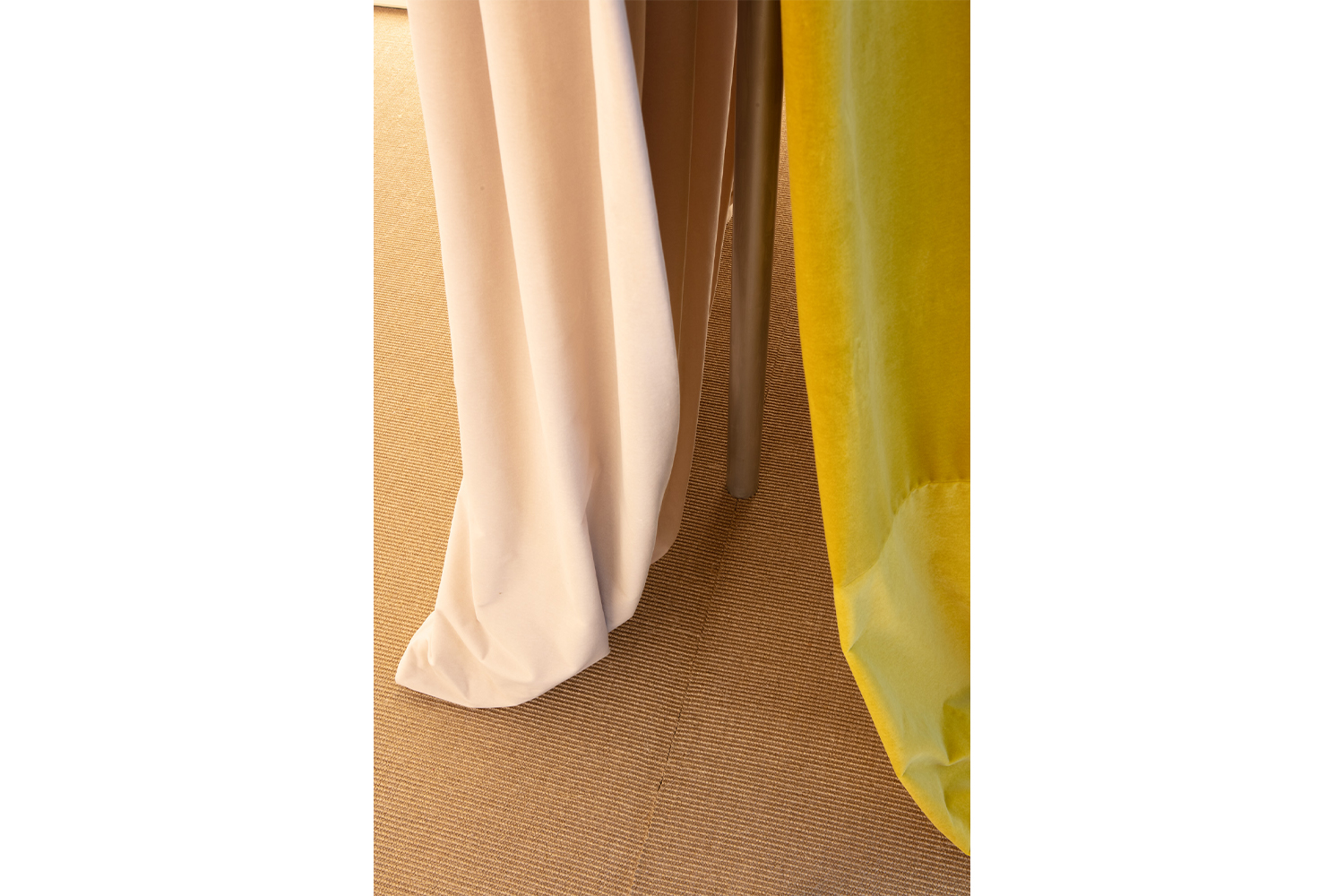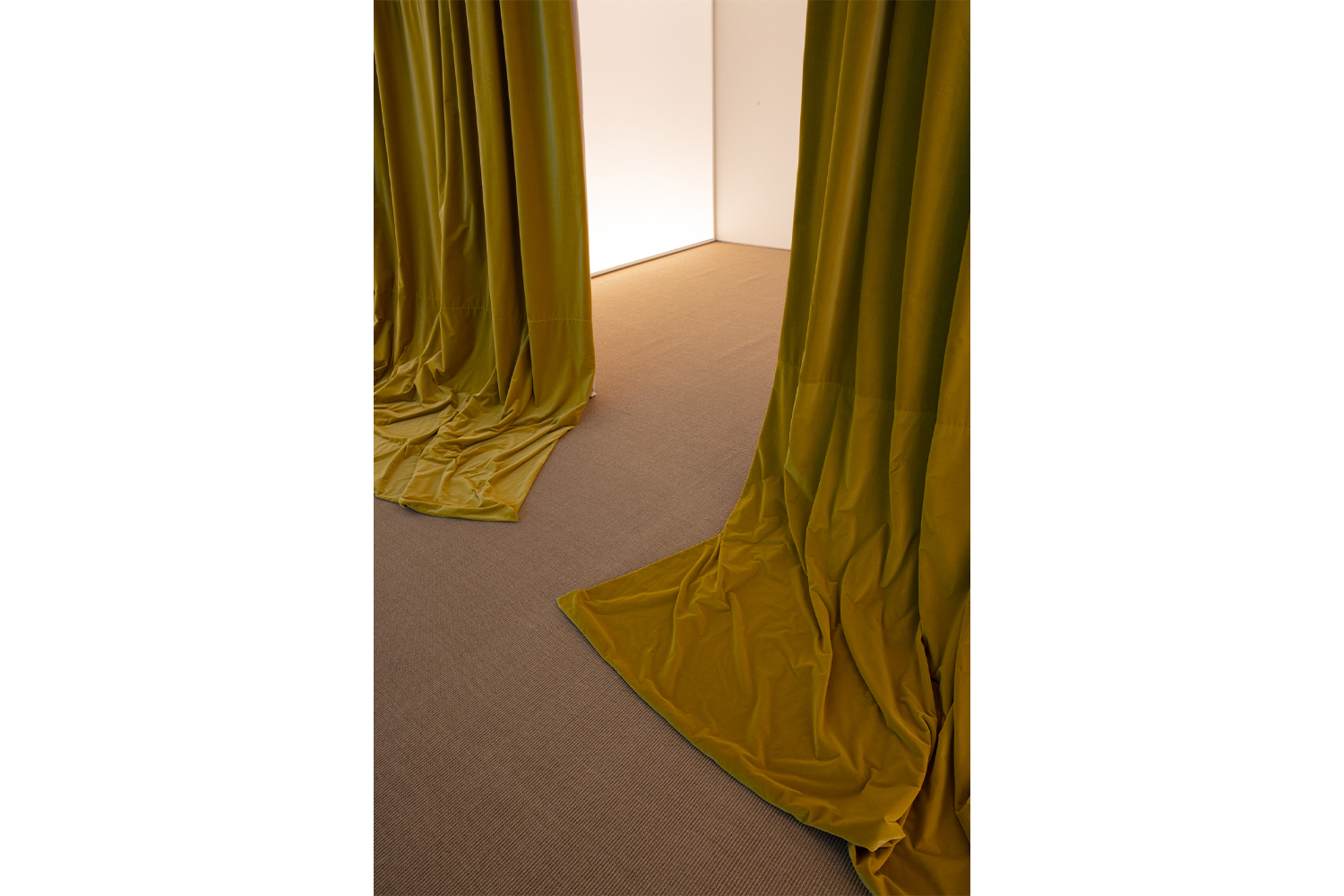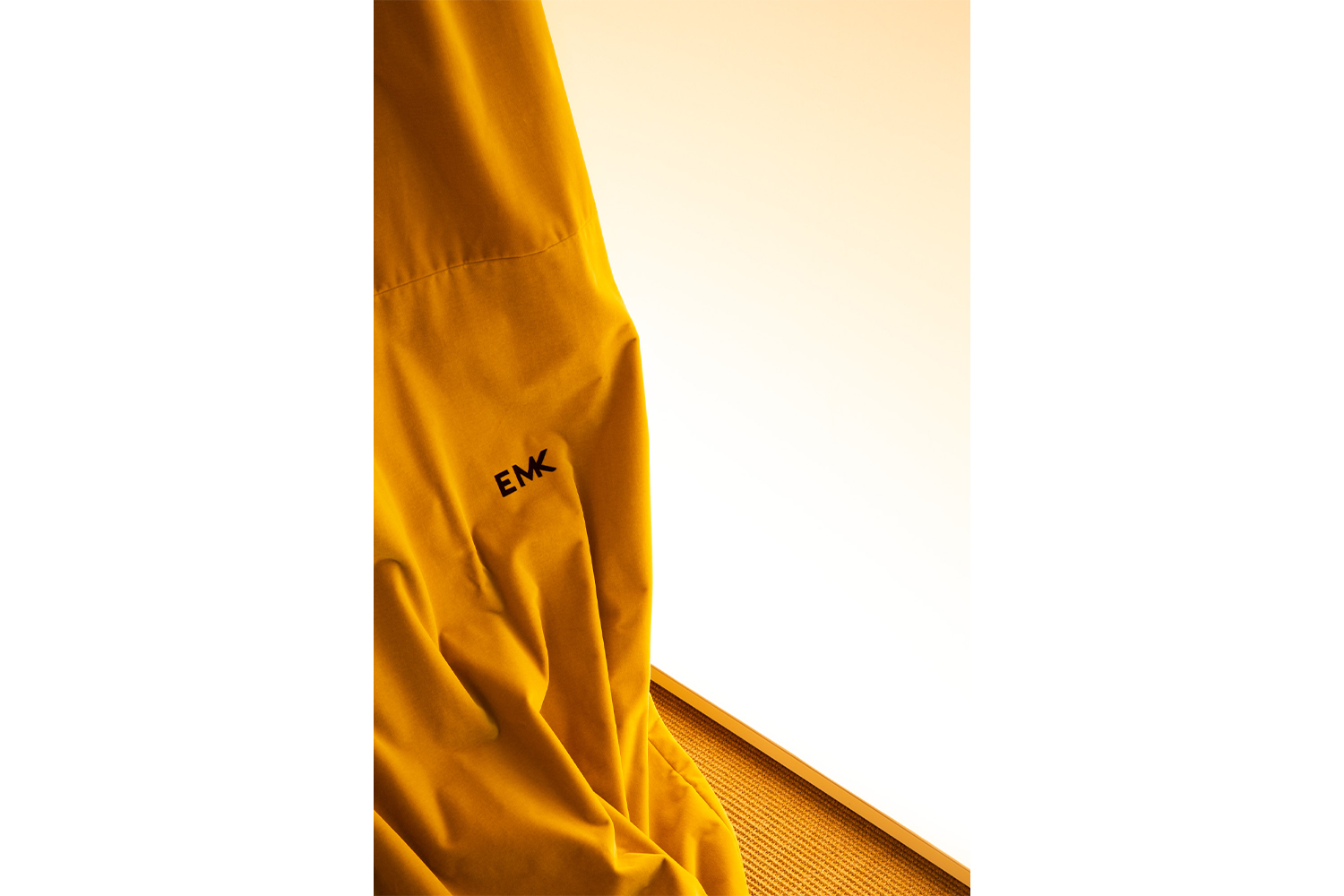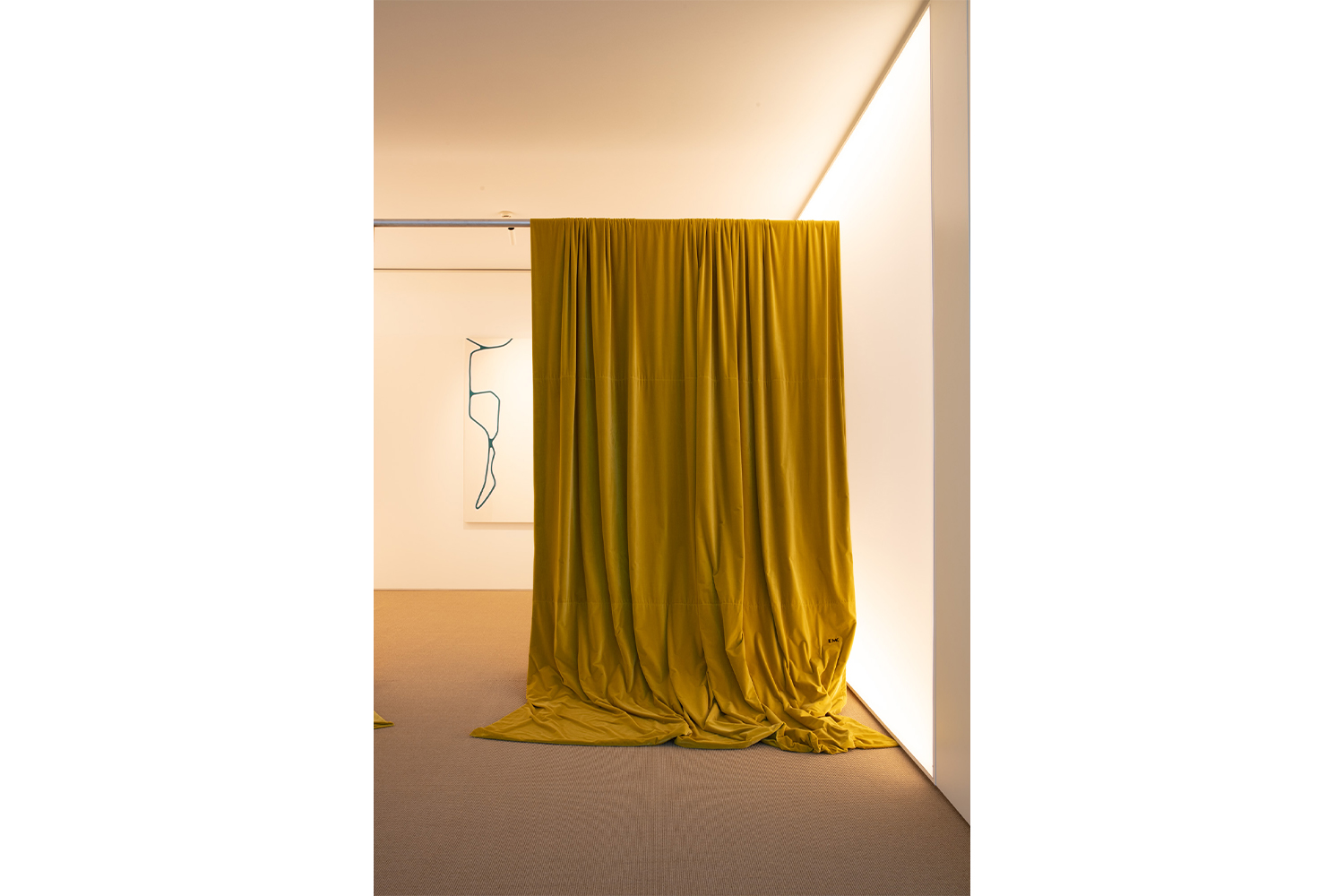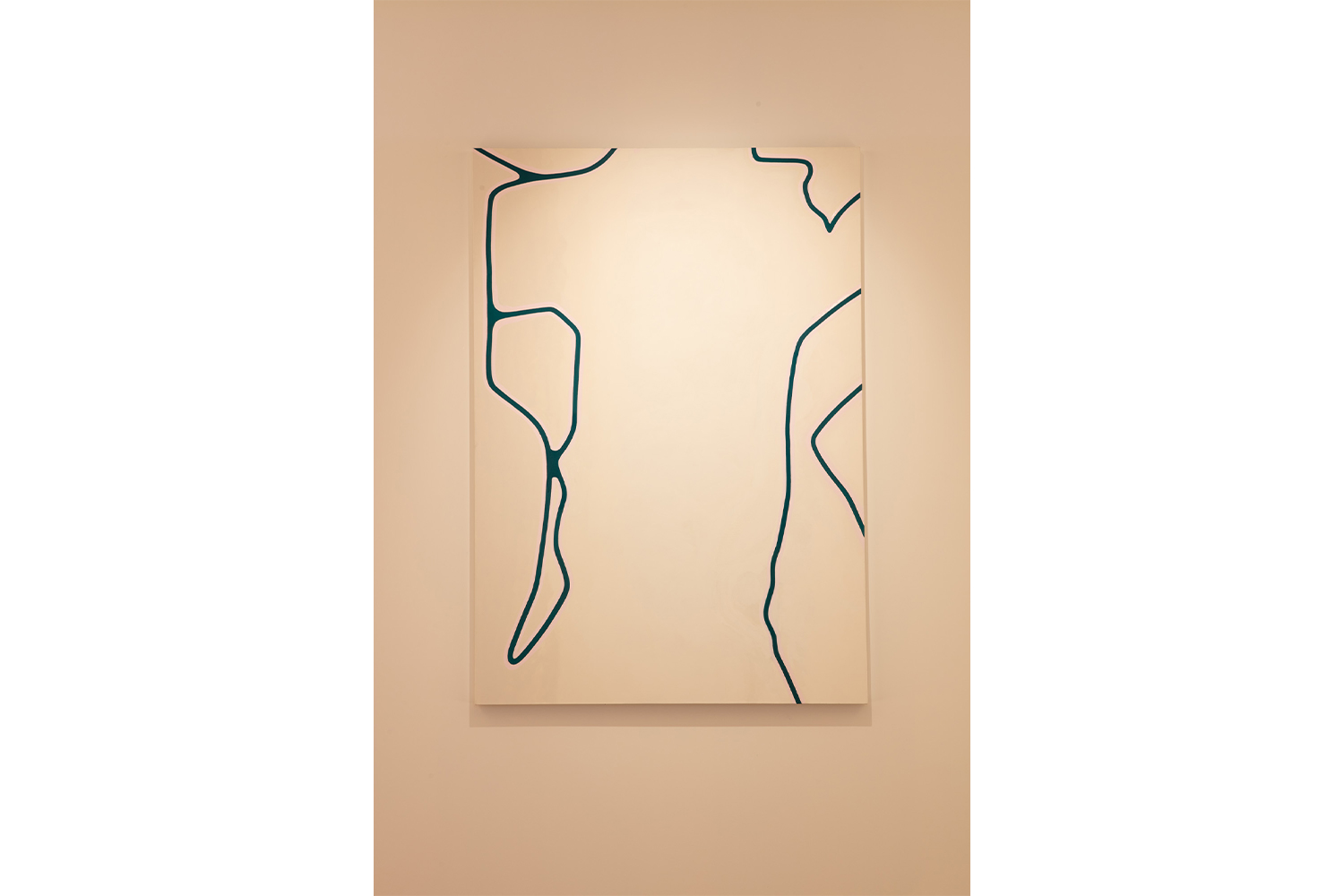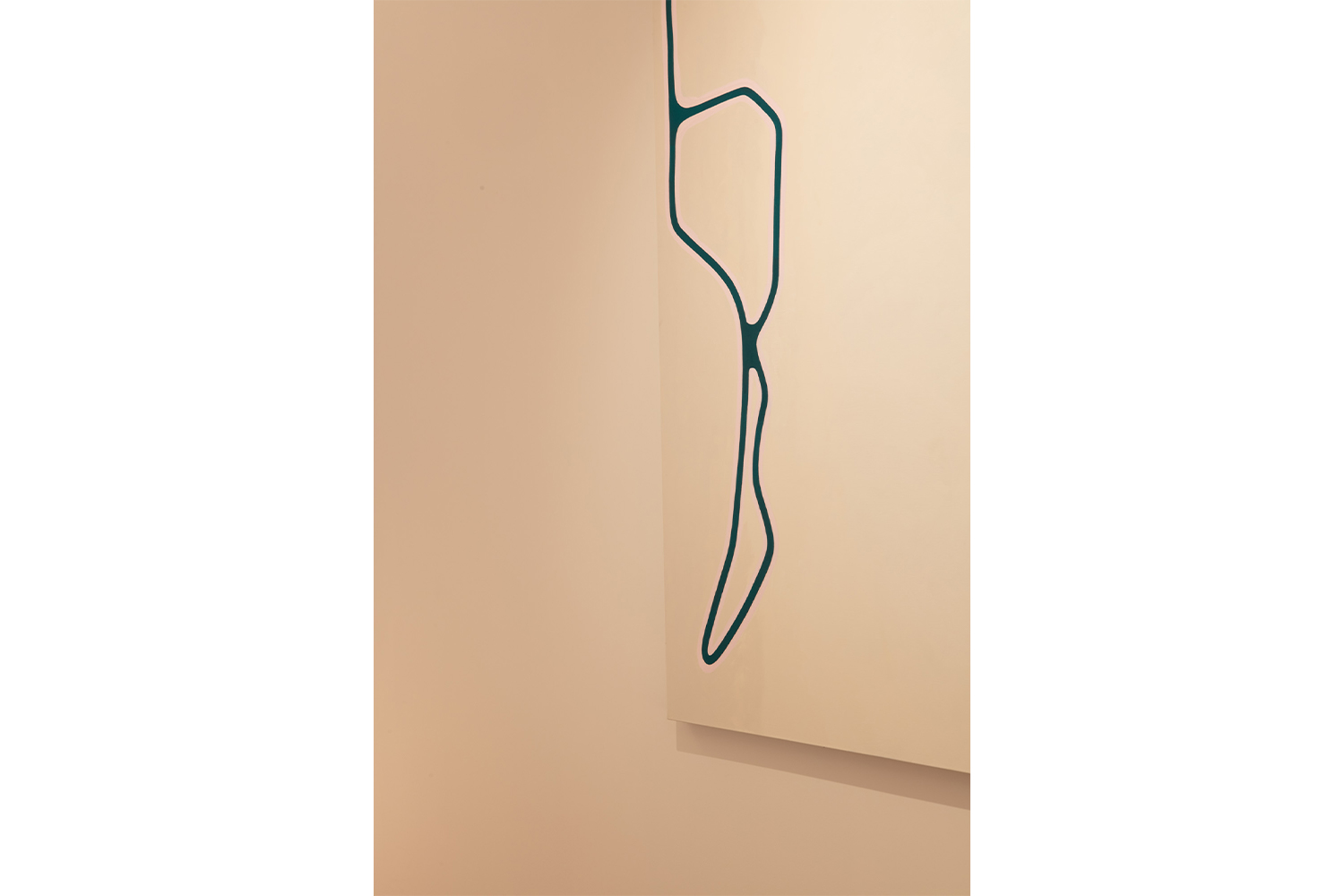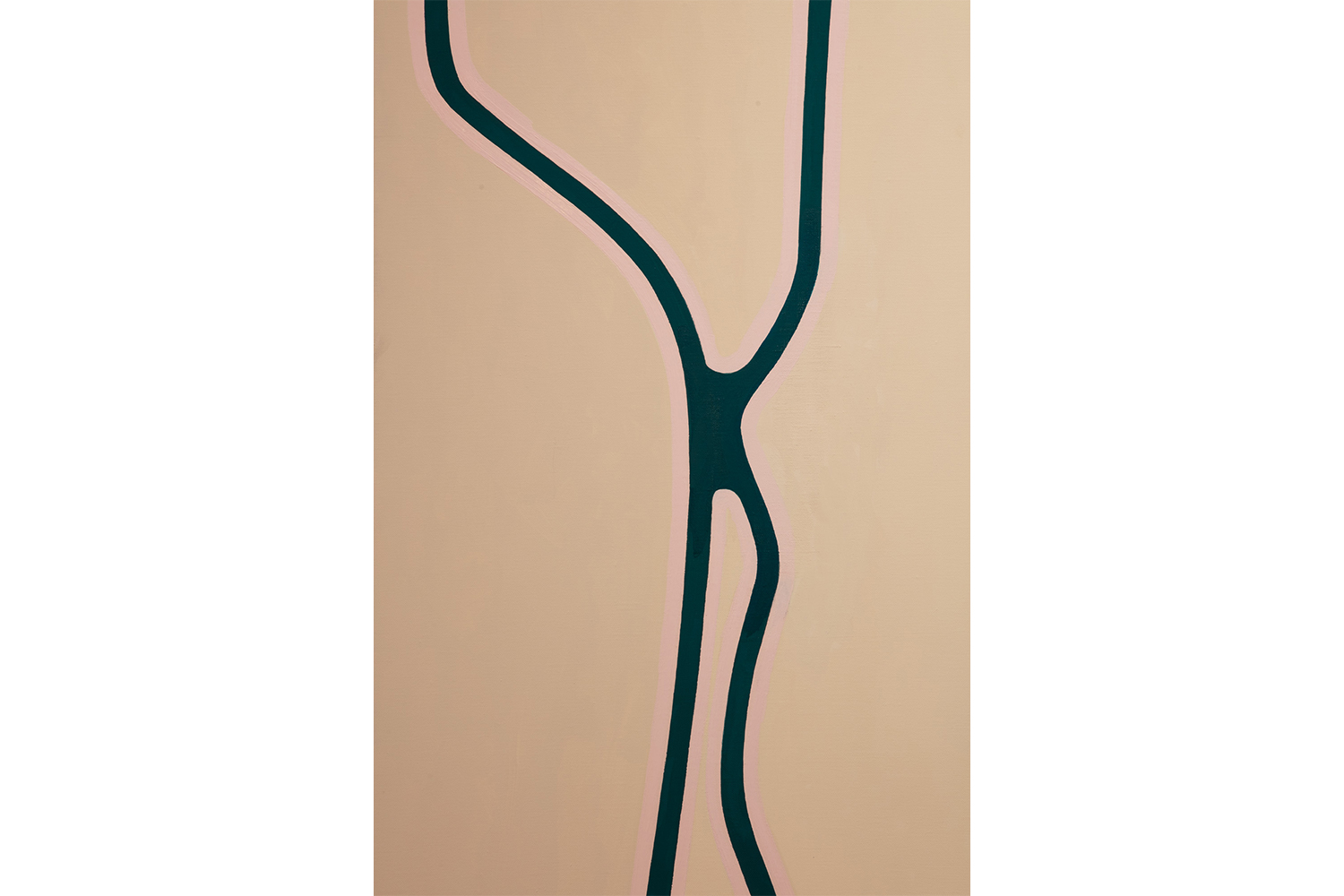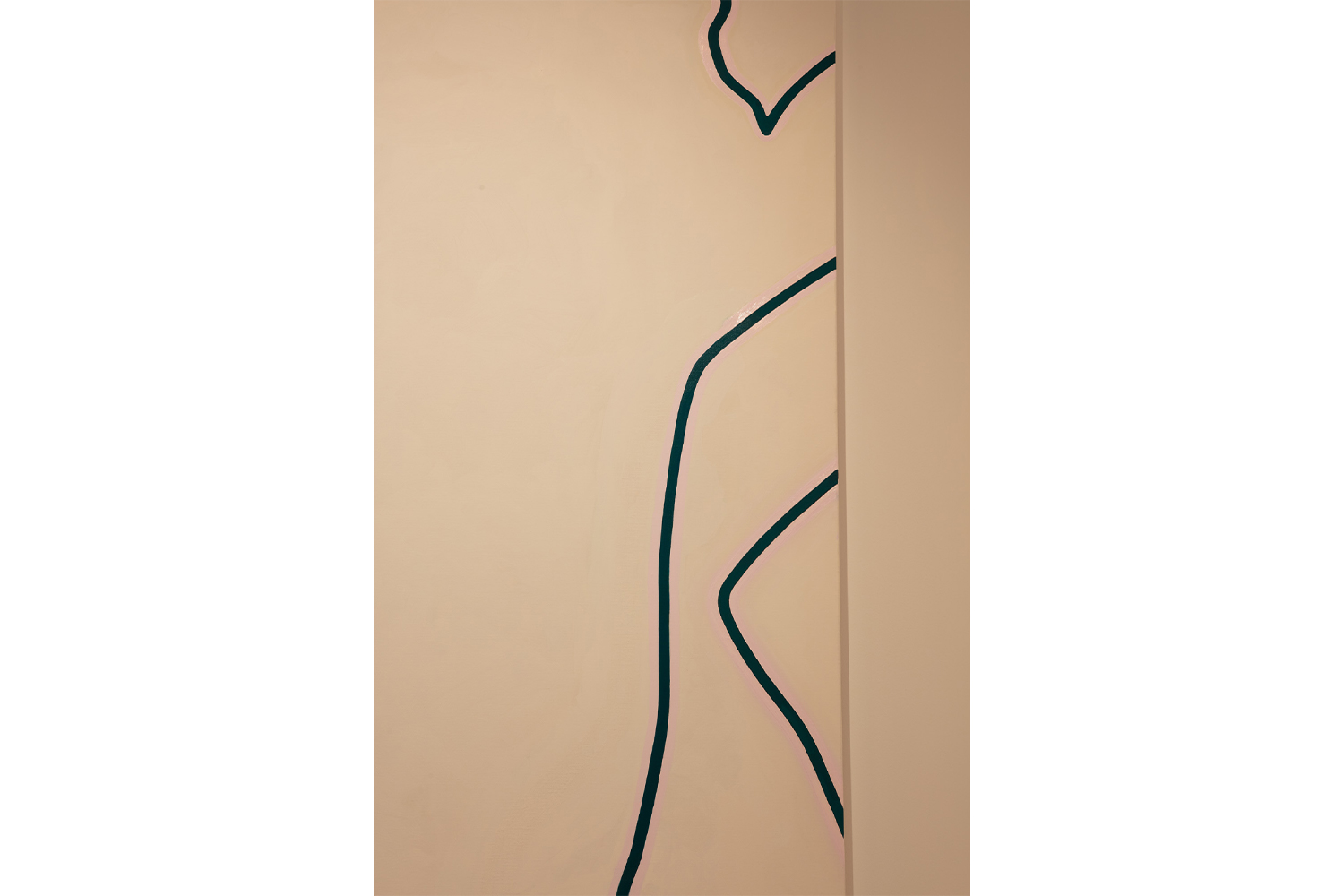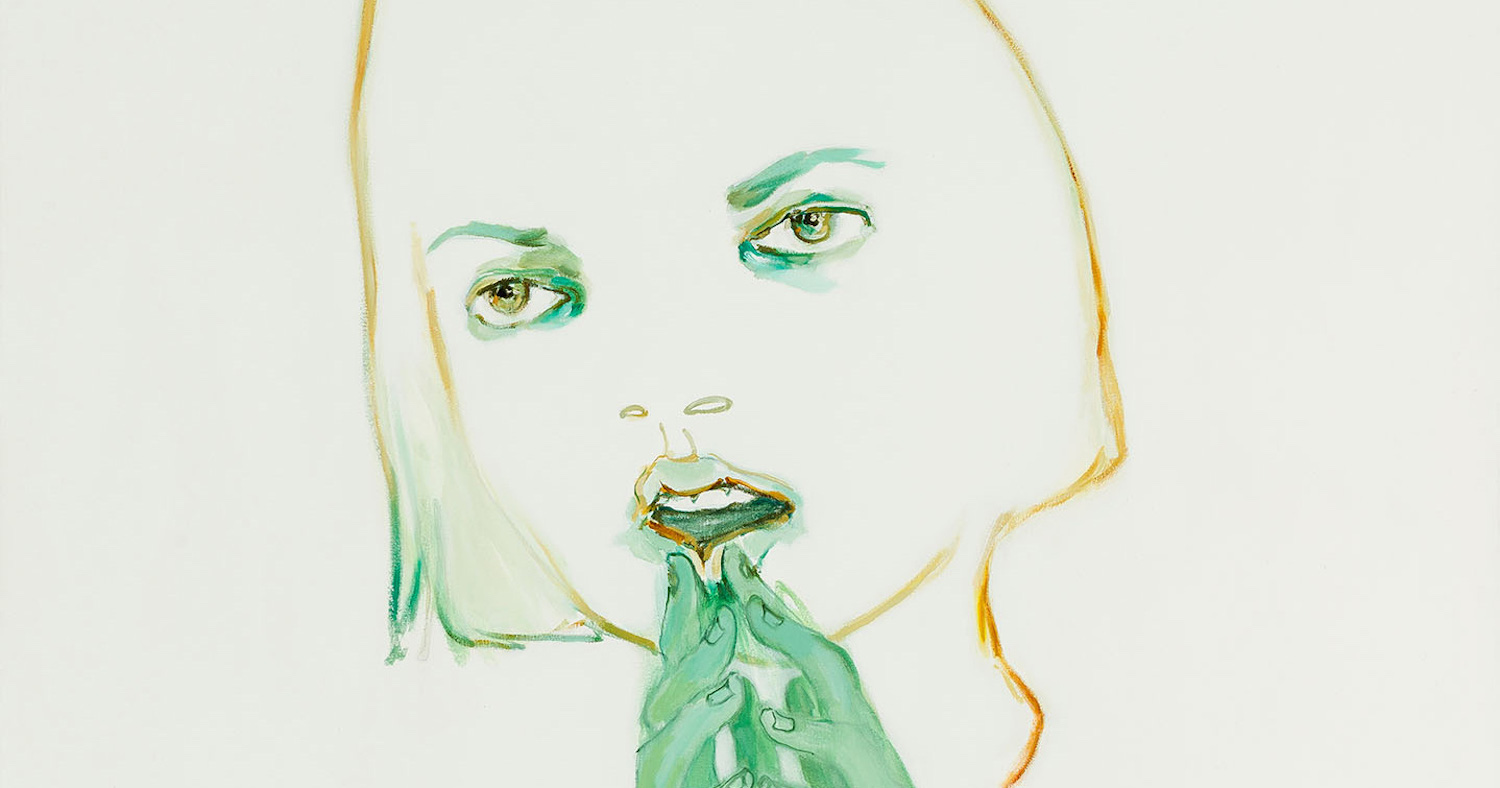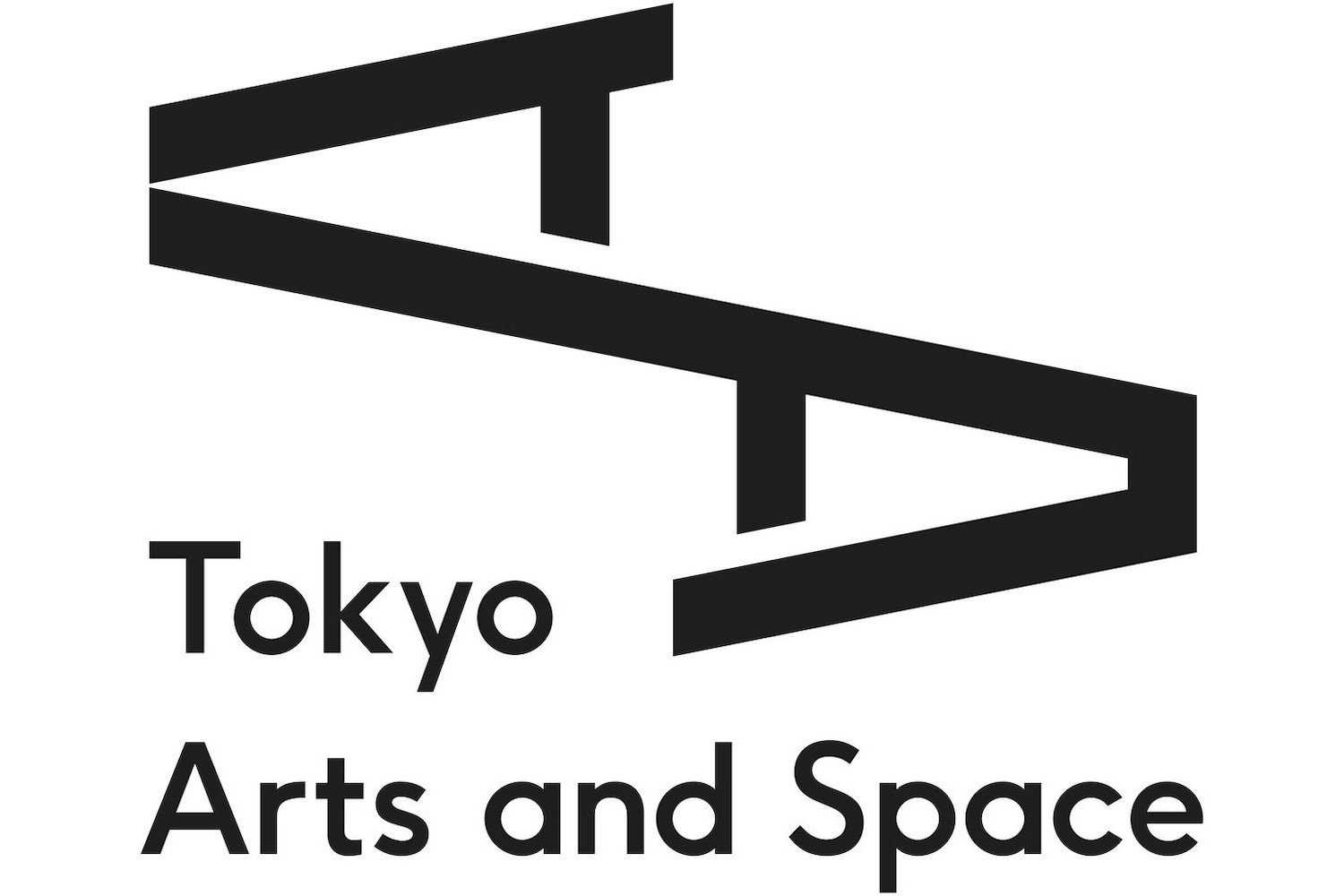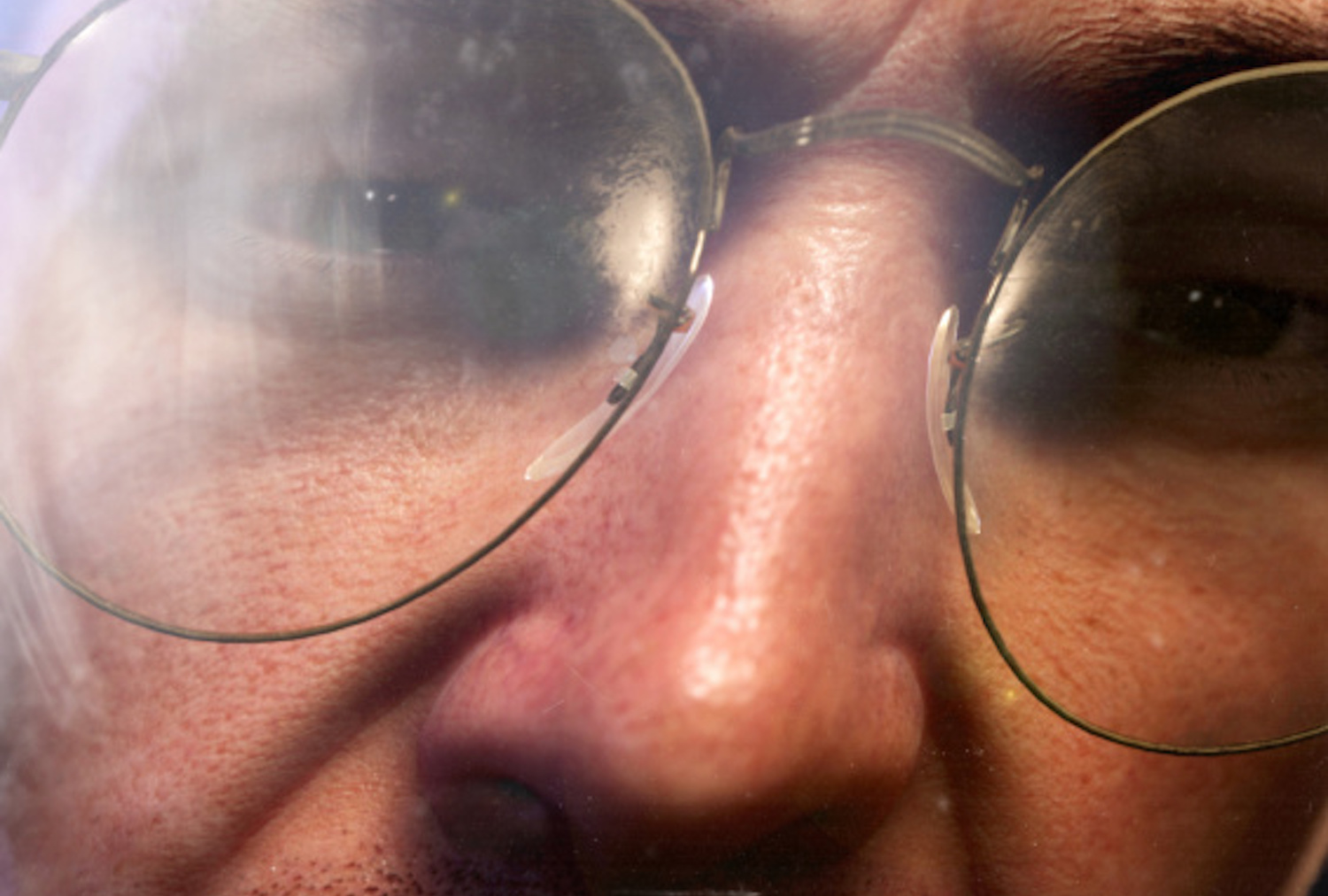Sanlorenzo Arts is Flash Art’s first curatorial project for the well-known yacht company, presented during Art Basel in September 2021. Sanlorenzo pursues a combination of technology, sustainability, design, and art. Open to new conversations in contemporary culture, Sanlorenzo Arts fosters collaboration with artists all over the world. For this first project we invited the artist Emil Michael Klein, here in conversation with Daniel Baumann, director of Kunsthalle Zurich.
Daniel Baumann: I thought I’d start with a small story about how you and I met for the first time. In 2007, I was in charge of art in public space in Basel, not far from here. I walked by a wall with this graffiti on it, or a wall painting, and I thought it was interesting and took a picture. It looked like it was done by a total beginner, someone who had no idea about graffiti or wall painting. But it was done in a manner that made me think that it was actually professional, and intentionally breaking the code of graffiti. That’s how we met. You work in a very precise way, really focusing on the work, and then once in a while you come up with something totally new. Sometimes it’s a color: all of a sudden, you come up with a pink and it’s quite surprising. The second thing that surprised me was these curtains that you used. Emil, when did you decide to use curtains as an autonomous element in the show?
Emil Michael Klein: Three years ago, in my backyard in Zurich, we invited artists to do something. I thought about using curtains in the foyer, kind of to lead people in, as a welcome piece. I used a huge amount of fabric I got as a gift from the Neumarkt Theater, and additionally I bought some of these vintage fabrics.
DB: Can you say something about the signature? Because you put “E.M.K.” there.
EMK: It’s a silk screen. But it’s not a special silk-screen color; it’s the same painting color I have in my studio. Also, on the screen, it’s actually handmade, cut out and blocked off, which is not printed. So it’s just a one-time existing print. It’s a stencil.
DB: And do you always sign your paintings or not always?
EMK: I always sign them, but I often do it on the back.
DB: But sometimes you use your signature as an important element of the painting, right?
EMK: Yes.
DB: Paul Klee would say, “Art makes things visible.” If you take a canvas, as an artist, and you start to paint on it, it’s because you want to show something. I think that using the curtains is a bit like the opposite of a painting. A curtain doesn’t want to make something visible. You put up a curtain to hide, to block off. I think this is quite a genius move, combining these two elements about us seeing, about art revealing something. You give it and you take it. A painting reveals and a curtain hides. And you can fully see it here, exactly playing this game of “making visible” and “blocking off” and revealing again. It’s a bit like a circle. Historically, the painting is here to hang and not to be used, but the curtain has this other element in itself, because you could potentially use it, move it, touch it. It plays out all these interesting ideas and contradictions of showing, hiding, not being touched, potentially being touched. The curtain is also spatial, while the painting is on the wall. It plays with all the notions we have about art in a very elegant way.
EMK: When I was thinking about doing curtains, I realized that historically paintings are about hiding as well. When at some point a wall had no ornament, or if there was an empty wall that was “poor,” so would put a painting there to hide the “poor” wall.
DB: Doing art, or maybe also collecting art, is also a way to fill a gap, whether it is on the wall or in your life. And that’s maybe why we like it so much, or why we invest so much emotion in something that is, at the end of the day, only a canvas. It’s because it gives us something to hide or something to fill. And I think this is all in play here. You have two circles: you have the circle of curtains, with its sense of hiding and revealing, and you have the painting, which is also hiding and revealing. As you just explained: hiding the wall and then adding something.
EMK: Then some gaps appear. I try also to fill in or to close, to articulate. That has to be understood. That was one aspect of starting with the curtains, between the sculptures and the painting.

